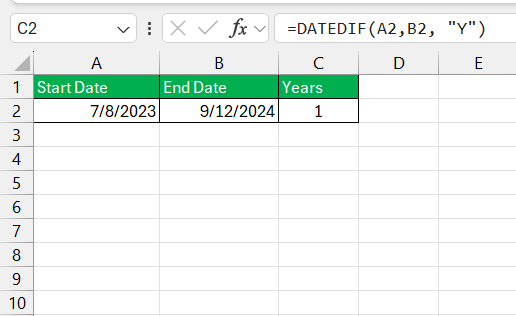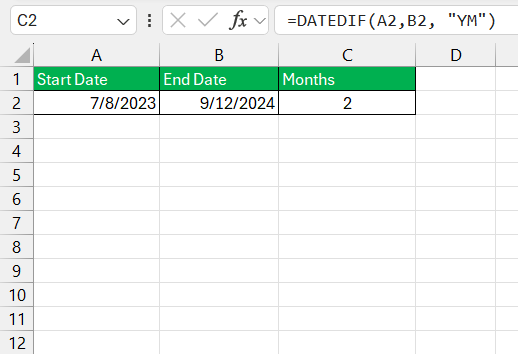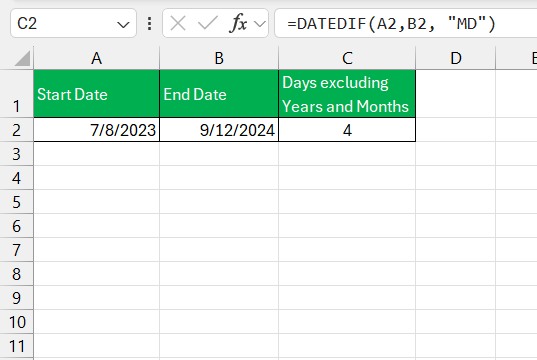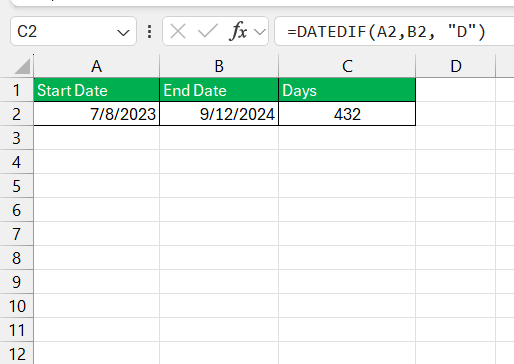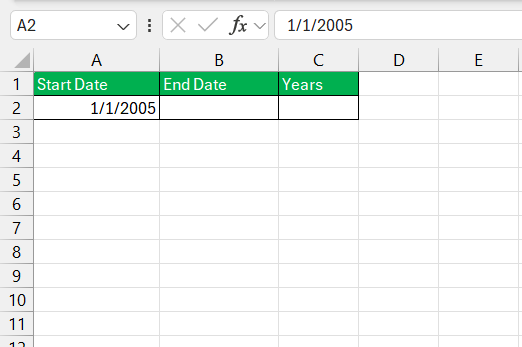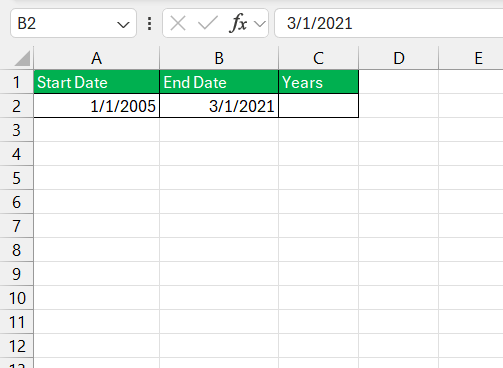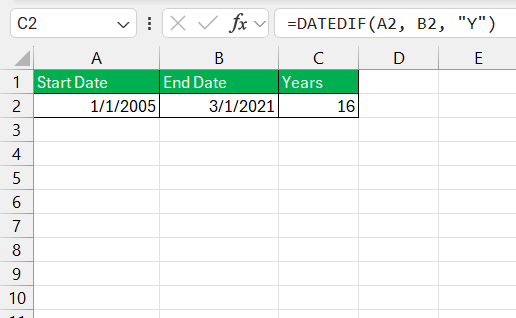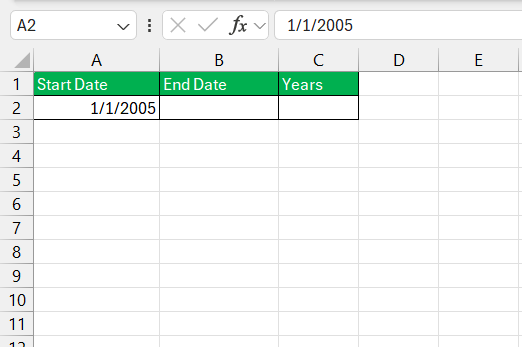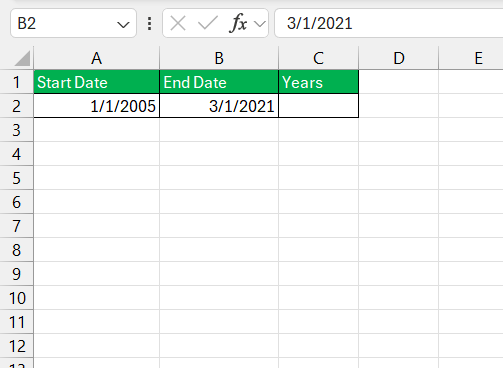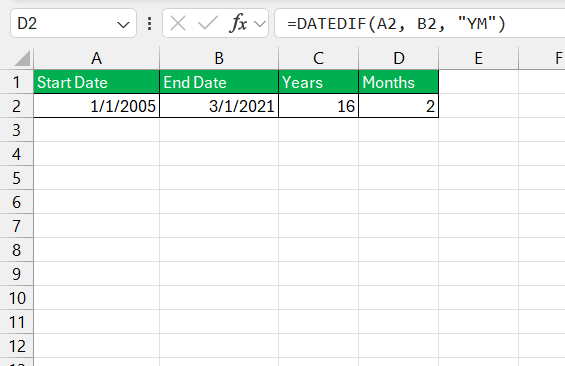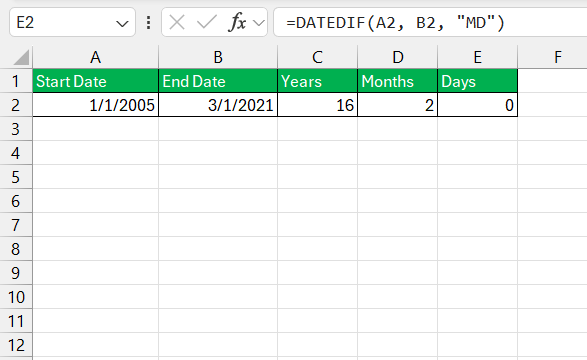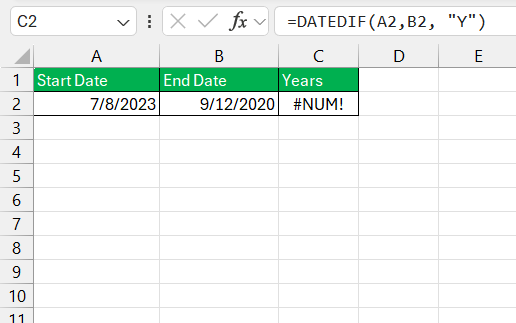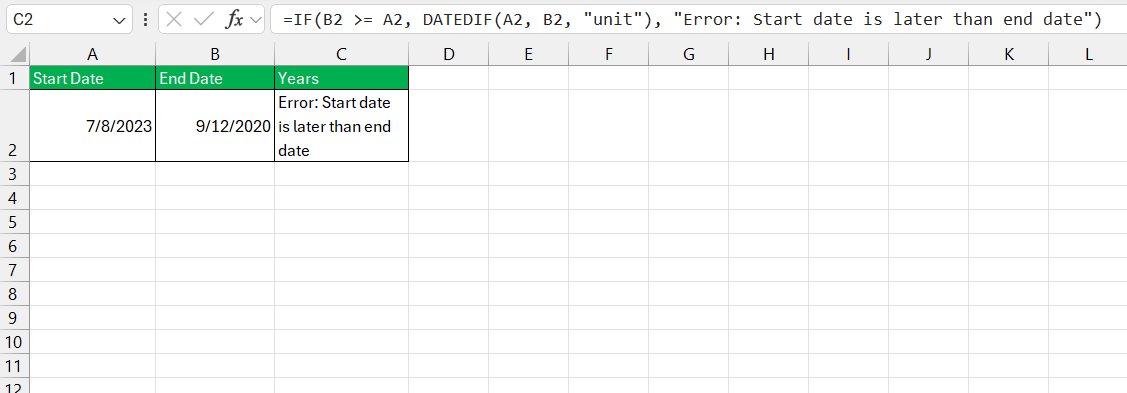The DATEDIF function in Excel is a powerful yet often overlooked tool for calculating the difference between two dates. Whether you’re managing project timelines, tracking employee tenures, or simply needing to determine age, DATEDIF provides a straightforward solution to handle these tasks with precision. This function allows you to compute the difference in days, months, or years, making it highly versatile for various time-related calculations. In this article, we will explore the syntax, usage, and practical examples of the DATEDIF function to help you leverage its full potential.
Key Takeaways:
- Versatile Date Calculations: DATEDIF can compute differences between two dates in days, months, or years, making it useful for various applications like age calculation or project tracking.
- Ease of Use: The function simplifies complex date calculations by allowing users to easily specify start and end dates along with the desired unit of time.
- Consistent Results Across Formats: DATEDIF handles various date formats consistently, ensuring accurate results regardless of the regional settings or data formats used.
- Practical Examples: Real-world applications of DATEDIF include calculating complete years between dates and determining remaining months and days after accounting for full years.
- Troubleshooting Tips: Common issues with DATEDIF, such as errors with invalid date ranges, can be addressed with conditional checks and additional error-handling techniques.
Introduction to Excel’s DATEDIF Function
What is DATEDIF?
Excel’s DATEDIF function is a hidden gem that often flies under the radar, yet it can be the Swiss Army knife for all your date-related calculations. This function computes the difference between two dates in complete years, months, or days, tailoring the output to your specific needs.
Whether you’re managing project timelines, tracking age for compliance, or simply figuring out the number of days till your next vacation, DATEDIF is the go-to tool.
The Versatility of Date Calculations in Excel
Excel’s knack for recognizing various date formats adds incredible versatility to your spreadsheets. When you tap into the power of DATEDIF, you’re leveraging Excel’s ability to understand and compute differences between dates across different datasets and regions.
This adaptability ensures that your date calculations remain consistent and accurate, no matter the format or location. The function’s flexibility makes it an indispensable tool for a wide spectrum of users, from human resources professionals calculating employee tenure to marketers analyzing campaign durations.
Simplifying Your Spreadsheets with DATEDIF
Calculate Time Differences Easily
With DATEDIF, the complexities of calculating time differences melt away. Simply input your start and end dates, choose your desired unit of time—years, months, or days—and let the function do the heavy lifting. It’s never been easier to find out the exact duration between two events, which is particularly crucial when planning deadlines, tracking milestones, or even calculating interest or depreciation over time.
Effective Age Calculation using DATEDIF
Calculating precise ages becomes a breeze with DATEDIF, especially when considering leap years and the variable lengths of months. Hence, whether you’re in an HR department, managing medical records, or need accurate age computations for legal documentation, DATEDIF ensures that you’re always spot on with your figures.
Automatically taking into account all the calendar quirks, DATEDIF provides you with an age calculation that’s current, down to the day, and recalibrates automatically as time progresses.
Step-by-Step Guide to the DATEDIF Function
Understanding Syntax and Arguments
Grasping the syntax and arguments for DATEDIF is essential for seamless use. The syntax follows a simple structure: DATEDIF(start_date, end_date, unit). Each argument plays a pivotal role:
- start_date: This is where your time period begins.
- end_date: Conversely, this marks the completion of your time span.
- unit: This defines the metric of your time calculation—be it years (
Y), months (M), or days (D).
Understanding these components will empower you to wield DATEDIF with confidence, ensuring your date calculations are precise and tailored to your exact needs.
Common Formulas and How to Apply Them
To harness the full potential of DATEDIF, let’s explore some common formulas:
- Calculate full years between two dates:
=DATEDIF(start_date, end_date, "Y")
- Total months from years and months between dates:
=DATEDIF(start_date, end_date, "YM")
- Days excluding years and months:
=DATEDIF(start_date, end_date, "MD")
- Just the total days difference:
=DATEDIF(start_date, end_date, "D")
Applying these formulas is straightforward. Start by selecting a cell, type in the formula with your specific start and end date cells or values, and choose the unit that suits your calculation goal. Excel automatically computes and displays the result in the selected cell.
Real-World Examples of DATEDIF in Action
Example 1: Calculating Complete Years Between Dates
To calculate the number of complete calendar years between two dates, the DATEDIF function can be your silent partner in delivering quick and accurate results. For example, to determine how many full years have elapsed from January 1, 2015, to March 1, 2021, you would:
STEP 1: Enter the start date in cell A2: 1/1/2005
STEP 2: Enter the end date in cell B2: 3/1/2021
STEP 3: Input the formula in cell C2: =DATEDIF(A2, B2, "Y")
This would yield a result of 6 complete years in cell C2. This calculation is quite handy when, say, you’re determining eligibility for certain benefits based on tenure or celebrating anniversaries.
Example 2: Determining Remaining Months and Days
If you need to calculate the months and days remaining after accounting for complete years between dates, use the following approach:
STEP 1: Enter the start date in cell A2.
STEP 2: Enter the end date in cell B2.
STEP 3: In cell C2, determine the remaining months with the formula =DATEDIF(A2, B2, "YM").
STEP 4: In cell D2, compute the leftover days using =DATEDIF(A2, B2, "MD").
For example, if the period between the dates includes 16 complete years, 2 leftover months, and 0 additional days, the functions will dissect the duration accordingly. This level of specificity is essential for precisely understanding lease periods, warranty expirations, or age down to days.
Troubleshooting Common Issues with DATEDIF
Known Issues and Workarounds
While DATEDIF is indispensable for date calculations, users should be aware of some quirks. One well-known issue is its error-proneness when dealing with invalid date ranges or formats. For instance, if the end date precedes the start date, DATEDIF may not behave as expected.
A useful workaround for invalid date ranges is to add conditional checks before executing the DATEDIF function. Implementing IF statements to verify the validity of your dates can prevent these errors, such as: =IF(end_date >= start_date, DATEDIF(start_date, end_date, "unit"), "Error: Start date is later than end date").
Another common hiccup is the lack of comprehensive built-in error messages, making it harder to debug issues. Relying on external resources or forums dedicated to Excel could provide needed insight.
Frequently Asked Questions
How do we use the datedif() function in Excel?
Use the DATEDIF function by inputting a start date, an end date, and specifying the unit of time to measure between the two. The formula follows the structure =DATEDIF(start_date, end_date, “unit”), where the unit can be “Y” for years, “M” for months, or “D” for days.
How do I find the start date in Excel?
To find a start date in Excel, you can sort your data by date ascending using the sort functionality under the Data tab. Alternatively, use MIN function to find the earliest date in a range: =MIN(range_of_dates).
How can I calculate age in years, months, and days using DATEDIF?
Calculate age in years, months, and days using three DATEDIF functions: For years =DATEDIF(start_date, TODAY(), "Y"), for months =DATEDIF(start_date, TODAY(), "YM"), and for days =DATEDIF(start_date, TODAY(), "MD").
What are some alternatives if DATEDIF is not working as expected?
If DATEDIF isn’t working, alternatives include the YEARFRAC function to calculate age or time spans in fractional years, or building a custom formula using YEAR, MONTH, and DAY functions to replicate similar calculations.
Can DATEDIF handle different date formats automatically?
DATEDIF can handle different date formats, provided they are recognized as valid dates by Excel. Ensure your dates match Excel’s regional settings or use the DATEVALUE function for consistent formatting.
John Michaloudis is a former accountant and finance analyst at General Electric, a Microsoft MVP since 2020, an Amazon #1 bestselling author of 4 Microsoft Excel books and teacher of Microsoft Excel & Office over at his flagship MyExcelOnline Academy Online Course.

